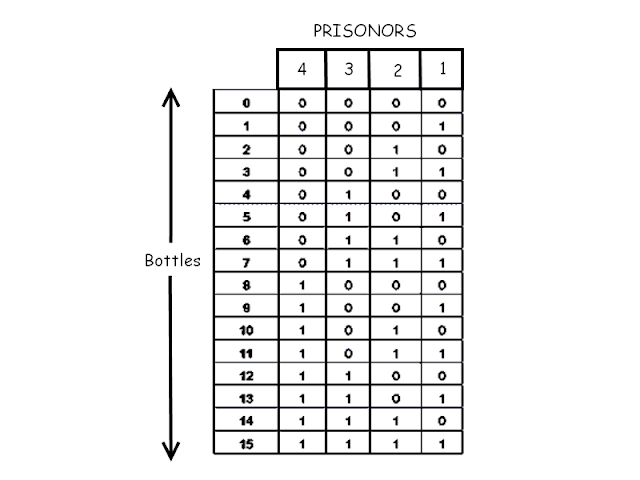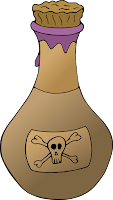Challenge of Grouping The Coins
You are given a unlimited number of coins and 10 pouches. Now, you have to
divide these coins in the given pouches in a manner that if someone asks
you for any number of coins between 1 to 1000, you should be able to give
the amount by just giving the pouches. You are not allowed to open
pouches for that.
How will you do it?
Know here the only efficient way to do that!
Source
How will you do it?
Source























